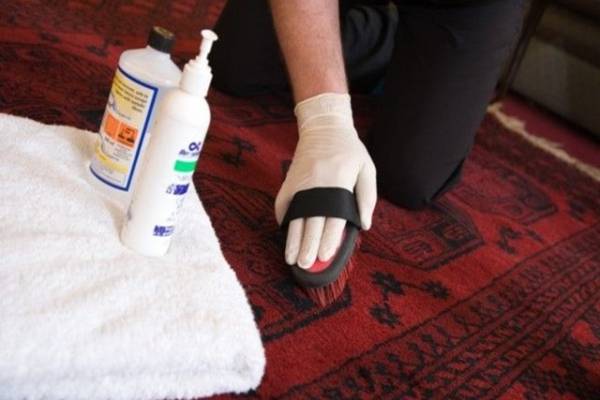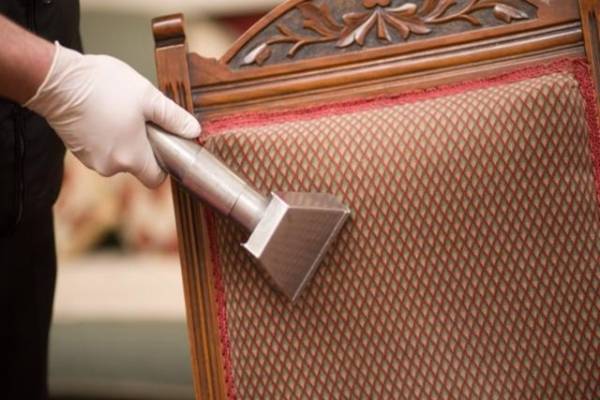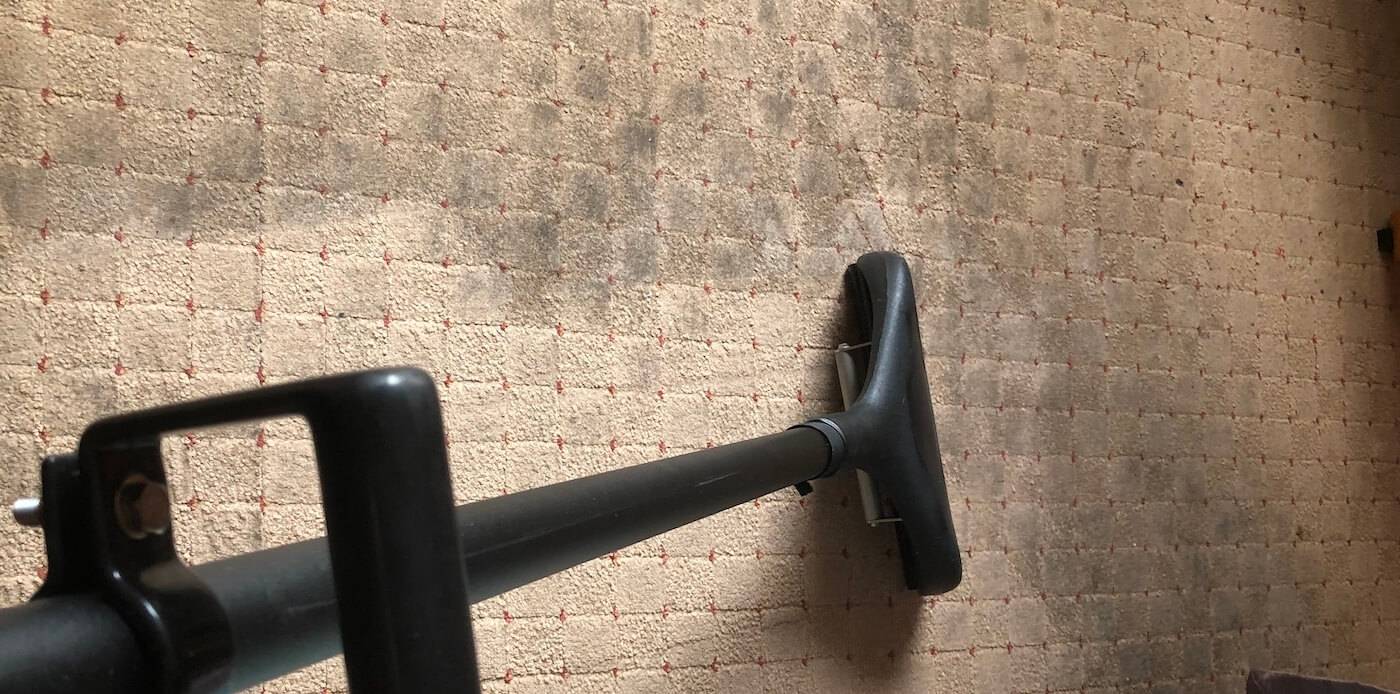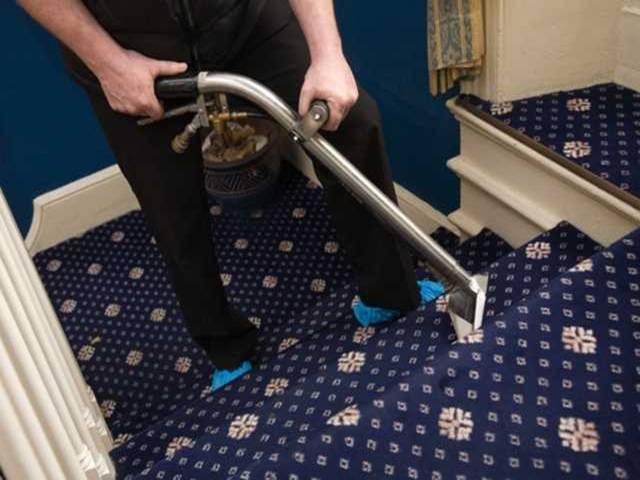Filtration soiling occurs as a result of air being forced into the room or space at a higher rate than it can escape from the same area, via the ventilation system.
The air then seeks alternative escape routes, which usually end up being the gap between the carpet and the wall trim and under closed doors. As the air in the house heats up it rises and when it cools it descends thus creating the movement of the air.
As the air is forced through these gaps, it passes through the carpet, which acts as a filter to the air. Any pollutants in the air are trapped by the carpet and turn the carpet grey or black in that area. Common pollutants that can contribute to the problem include smoke from cigarettes and candles, cooking oils, fireplace ash, and dust.
This soiling does not occur because of insufficient vacuuming or improper vacuuming techniques (although consistently failing to vacuum the very edge of the room can help to amplify the problem). It is a problem that can occur in the cleanest of homes and is not considered a reflection of housekeeping abilities.
The soiling is generally from vehicle fumes, especially diesel. So, it is greasy and clings to the fibres. It often leaves a permanent greyness to the carpet, wool being the hardest to get great results.
We can sometimes fade it or even remove it, but it will return.













